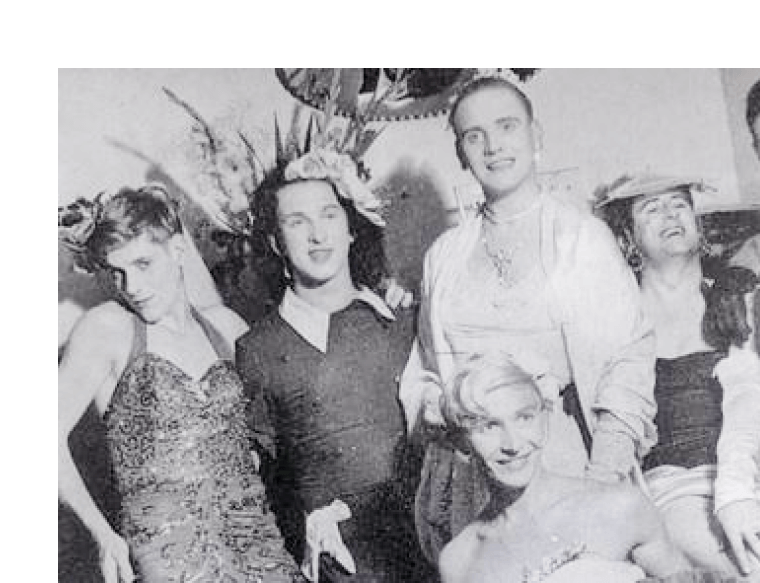
Queer History
The history they didn’t teach us at school
The past: it’s queerer than you think
Understanding the past involves shaking off the idea that people back then were just us with different labels and in fancy dress. While people certainly behaved in ways that we might call ‘gay’ ‘lesbian’, ‘bisexual’, ‘trans’, and were certainly acting on recognisable desires when they did so, there is precious little evidence that they thought about themselves in ways that we take for granted. Our modern identities are not fixed or permanent, or even very old. Older ones, and the language in which they expressed themselves, are often unsettling to modern sensibilities.
The thing about queer history, though, is that it not just about us. Everything we did and said and thought took place within the broader history of Australia. From the convicts to our modern urban life the Australian story is filled with queerness, if only we care to look for it.
Queer history teaches us about ourselves, but also about Australia, what it was, what it has become – and how – and what we might yet achieve.
And why ‘queer’? Ours is not a history of genitals; much less of identities, most of which are too recent to take us very far back. Rather ours is a history of non-conforming intimacies and behaviours, of diverse sexes and genders and sexualities and of the lives organised around these – of doing and being, of defiance and compliance, concealment and disclosure, courage and cowardice, flamboyance and conventionality, of the public and the private, and the sometimes fixed and sometimes porous borders between them.
Upper image: Tommy McDermott and friends, Melbourne, 1950s. Tommy McDermott Collection, Australian Queer Archives.
Lower image: A History of LGBTIQ+ Victoria in 100 Places and Objects. Available for purchase from Australian Queer Archives.